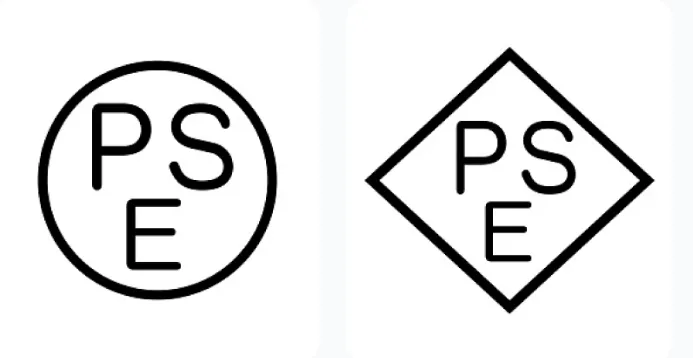
California Proposition 65 Product Compliance
California Proposition 65, officially named the California Safe Drinking Water and Toxic Enforcement Act of 1986, is commonly referRED to as CA65, CP65, or Prop65. This law came into effect in November 1986.
It applies to products such as toys, apparel, electronics, and almost all other consumer goods, with specified exposure scenarios for hazardous substances. This article provides a detailed explanation of the core requirements, scope, testing items, and application process for Proposition 65, helping businesses better comply with the regULation.

Core Requirements
1. No discharge of listed hazardous substances into drinking water.
2. Provide clear and reasonable warningsfor listed substances. Warnings are required unless the exposure level is very low and does not pose a risk.
Scope of California Proposition 65
As of now, products involved in Proposition 65 lawsuits include almost all consumer products, such as:
- Toys
- Electronics
- Apparel
- Accessories
- Cosmetics
- Furniture
Testing Items
Different products and materials have different cheMICal controls and limit requirements.
Main hazardous substances include:
- Lead (Pb)
- Cadmium (Cd)
- Arsenic (As)
- Formaldehyde
- Phthalates
Application Process
1. Determine testing items– Select tests based on product materials and usage.
2. Fill out the application form– Provide product manuals, BOM (Bill of Materials), and other relevant documents.
3. Send samples– Submit 2–3 product samples to the laboratory.
4. Laboratory testing– Standard testing cycle is 7–10 days; expedited testing is available.
5. Receive report– Once passed, certification is issued; no factory inspection is required.
Frequently Asked Questions
How long is the report valid?
Proposition 65 certification does not have a strict validity period. However, as regulations update, the report must be updated accordingly, and old versions become invalid.
Is the certification expensive?
Costs vary depending on the product and its materials.
Is a factory inspection required?
Only product testing is required; no audits or follow-up fees are necessary.
Email:hello@jjrlab.com
Write your message here and send it to us
 What is Amazon TIC and How Can Sellers Achieve Com
What is Amazon TIC and How Can Sellers Achieve Com
 2026 Battery UN38.3 Certification (Test Report) &a
2026 Battery UN38.3 Certification (Test Report) &a
 What is the IEC 62680 Standard? Compliance Interpr
What is the IEC 62680 Standard? Compliance Interpr
 Amazon Japan December Compliance Requirements
Amazon Japan December Compliance Requirements
 How to Check a CPSC-Accepted Laboratory?
How to Check a CPSC-Accepted Laboratory?
 WEEE Registration for Waste Electrical &Electr
WEEE Registration for Waste Electrical &Electr
 MSDS Chemical Safety Testing
MSDS Chemical Safety Testing
 What Are the Differences Between UK REACH and EU R
What Are the Differences Between UK REACH and EU R
Leave us a message
24-hour online customer service at any time to respond, so that you worry!




